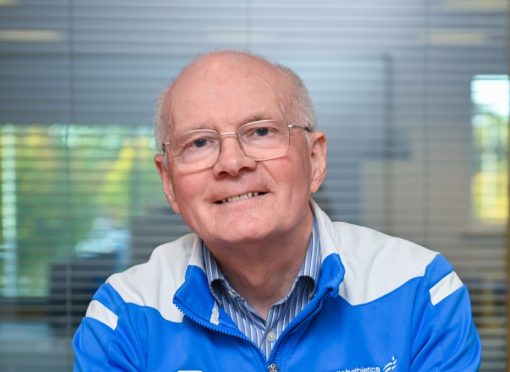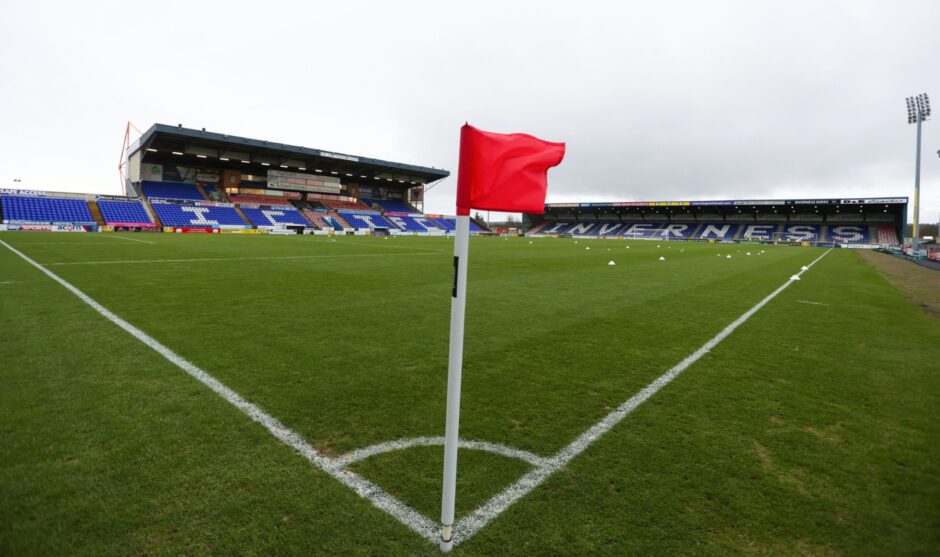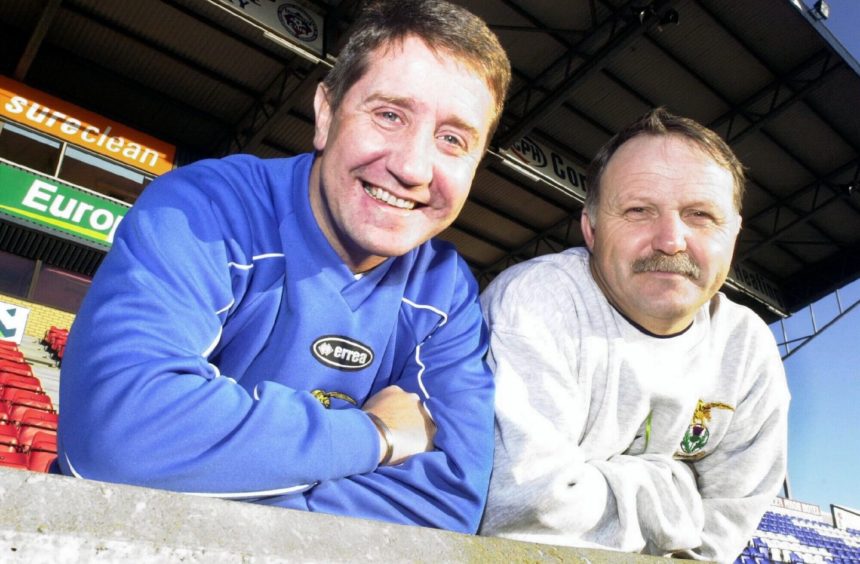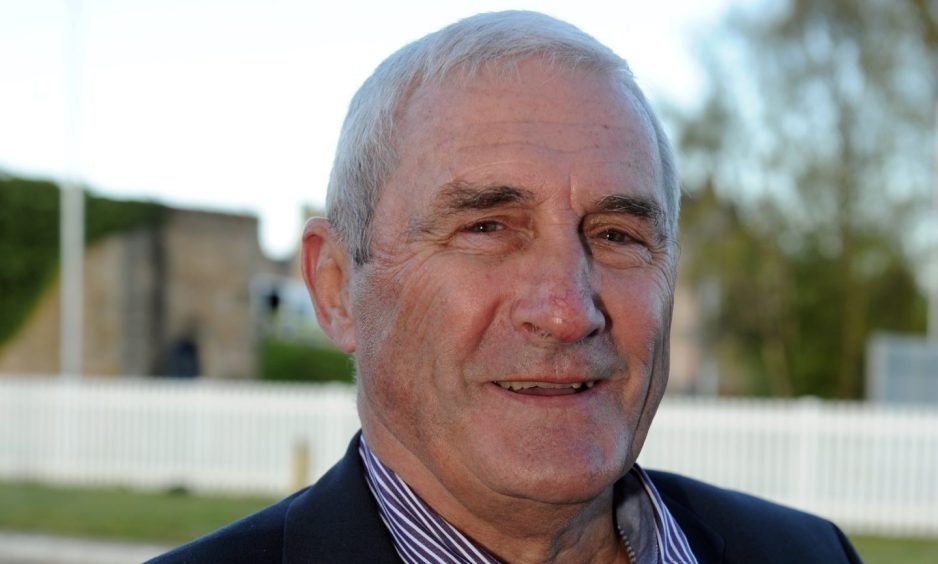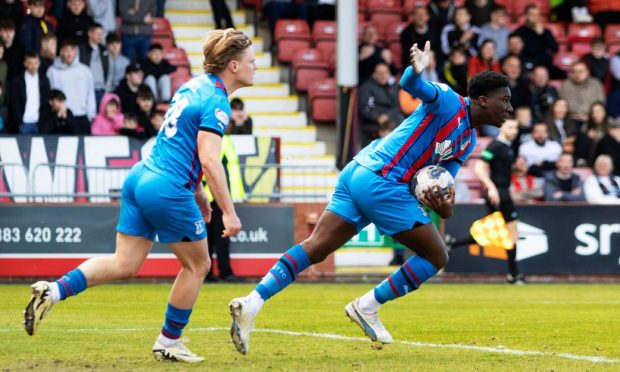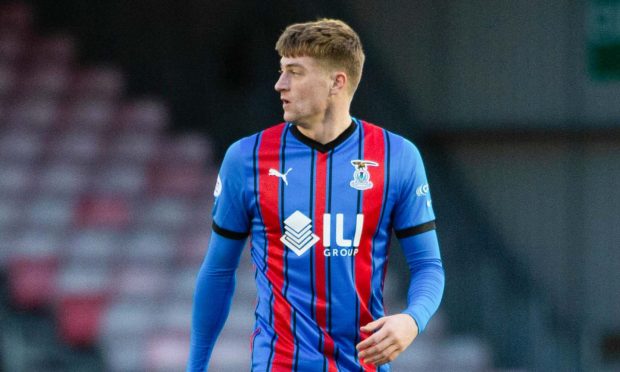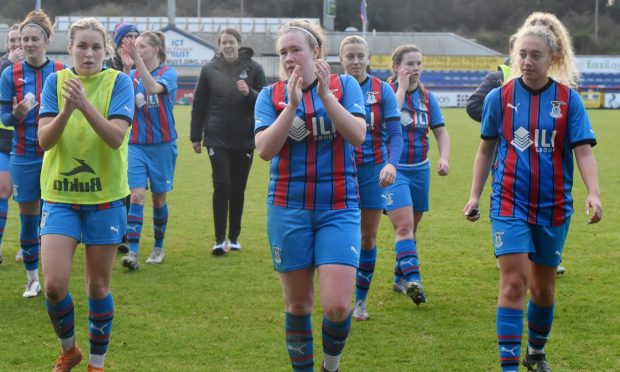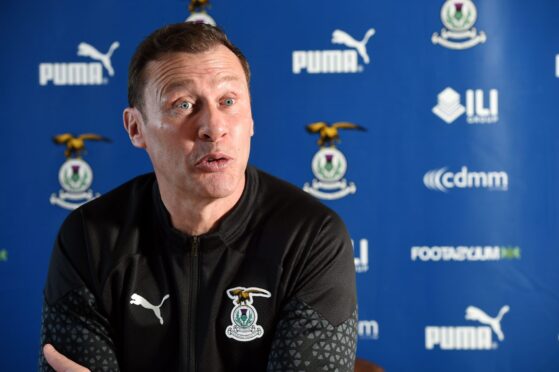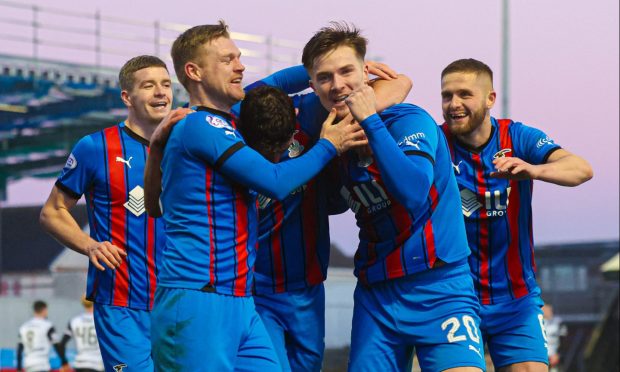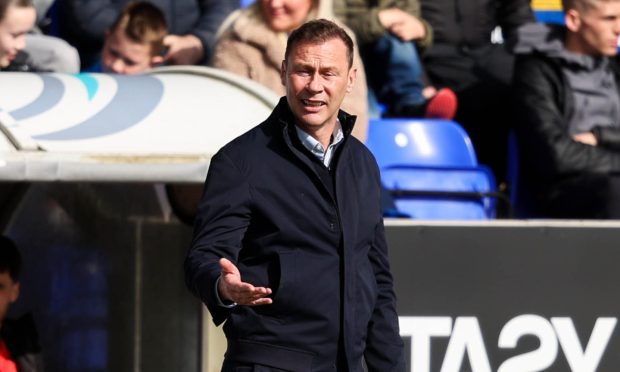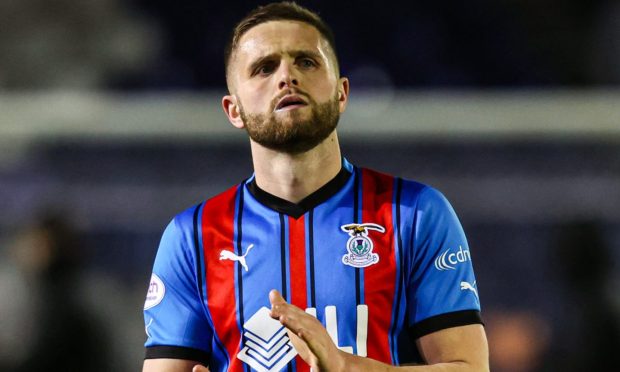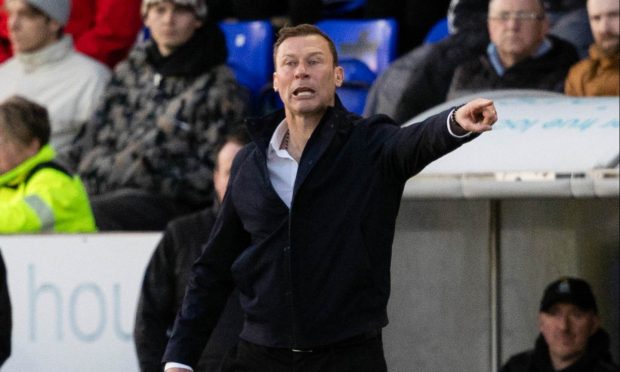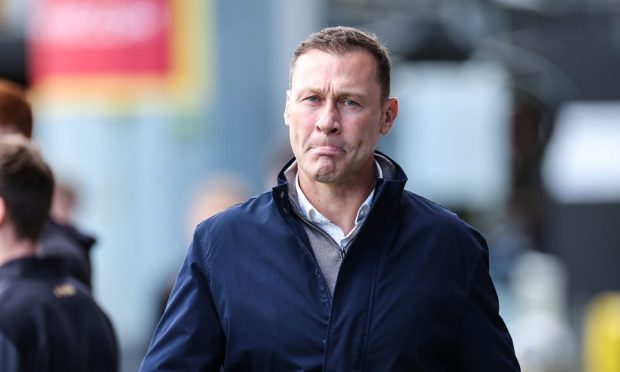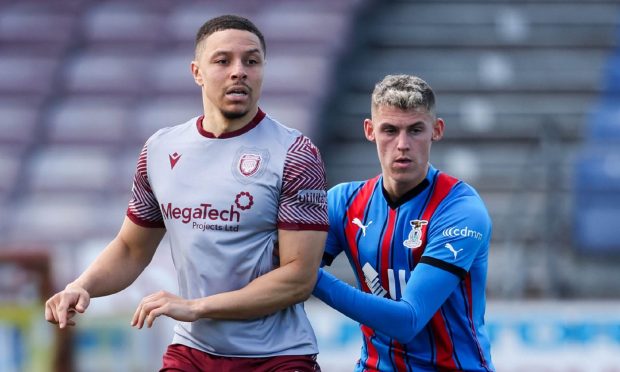Caley Thistle won a vote to gain entry to the Scottish Football League 30 years ago today – and journalist Charles Bannerman remembers it like it was yesterday.
At the Royal Scottish Automobile Club in Blythswood Square, Glasgow, the Highland capital club were voted into the then-SFL, along with elated neighbours Ross County.
The Inverness club – created through the merger of Highland League sides Caledonian and Inverness Thistle, and led by chairman John “Jock” McDonald – were confident of victory in the poll.
Four votes each were in the hands of the 12 Premier League clubs, while the dozen Division One sides were given two apiece, and it was one vote each for the 14 clubs in Division Two.
With two slots in the Scottish league set-up available, Caley Thistle gained 68 votes and County were comfortably second with 57.
Gala Fairydean were bitterly disappointed to end with 35, while Elgin City’s 10 and Gretna’s two votes were at the lower end of the scale.
Though they are currently in the second-tier of the now-Scottish Professional Football League (SPFL), the club who became Inverness Caledonian Thistle have made the most of the result of that vote over the past three decades.
They ascended to the top-flight in 2003-2004 under John Robertson and Donald Park, and again under Terry Butcher and Maurice Malpas in 2009-2010 – spending a decade in the top-tier across the 30 years.
There was also a stunning Scottish Cup triumph in 2015 under the guidance of John Hughes.
Caledonian-Thistle merger troubles cast aside for vote
Journalist Bannerman has worked for BBC Scotland in the north for 45 years and is the author of Against All Odds, a book about the birth of ICT.
Despite ongoing fall-out from the merger of Caledonian and Thistle, he remembers feeling confident the new club were going to win the SFL vote.
He said: “I’d give a qualified yes to that – the qualification being the uncertainty there had been in the preceding weeks as to whether Caley Thistle would actually survive as a campaign.
“Some of the worst political controversy went on a couple of months before that election, but they did seem to come to a temporary reconciliation with the (Caley) rebels to allow the vote to go through.
“The two Highland bids were by far the strongest.
“We knew up here what was possible from both cases, as long as the Inverness difficulties could be sorted it. It was either going ahead or nothing. They couldn’t return to a Caley-only situation.
“For decades, two very well-run football clubs up here had been kept out of the Scottish leagues.
“Jock McDonald told me that night he was always confident, but there were always butterflies in his stomach.
“He remembered what happened 20 years previously when Ferranti Thistle (who later became Meadowbank) got in by one vote at the expense of Inverness Thistle.
“Although Jock was confident, there were still apprehensions because of what happened before.”
Caley Thistle chairman McDonald’s contacts were key
“Jock, who was an SFA councillor, was a huge driving force behind the success for Caley Thistle. He had extensive contacts, which was extremely influential in terms of Caley Thistle getting in (to the SFL).
“I would also make a special mention to Jimmy Falconer, who was secretary of Caley and went on to be secretary of Caley Thistle for many years afterwards.
“Jimmy, for me, was the whole brains behind the Inverness project – he understood the whole situation far better than anyone else within football that I encountered at that time. He has such political awareness.”
Scottish Cup displays were telling
Bannerman thinks strong north displays – from Caledonian, Thistle and Ross County – in early years’ Scottish Cups would have been high in the minds of those casting votes about whether to admit the two clubs to the SFL.
He added: “Short-term factors were recent Scottish Cup results.
“Ross County had beaten Queen of the South 6-2, Forfar 4-0 and St Cuthbert Wanderers 11-0.
“In 1992, Caley had taken St Johnstone, who were a top league team, to a Scottish Cup replay and, two years previously, they had beaten a strong Airdrie on penalties at Telford Street.
“Caley also had high-profile defeats against Hearts and Rangers.
“Another big one was when Inverness Thistle beat Kilmarnock 3-0 – albeit it was in 1985.
“These Scottish Cup successes all came into it.
“Strategically, there was a feeling that, 20 years on from that last vote, if this was to be a truly Scottish league, they had to include the Highlands.”
County earned their place in league
Like Caley Thistle, County rose through the divisions after being admitted to the Scottish league.
Since reaching the top-flight 12 years ago, they have only dropped down once – and bounced right back.
The Staggies have also been national trophy winners, lifting the Scottish League Cup in 2016 under the management of Jim McIntyre and Billy Dodds.
Bannerman said: “Hector MacLennan (Ross County chairman) and, in particular, (manager) Bobby Wilson made huge contributions to County getting in.
“I couldn’t distinguish between the Inverness and Dingwall bids – they were streets ahead of the rest.
“I regarded Caley Thistle and Ross County not as rivals, but as colleagues in terms of getting this injustice sorted and getting their rightful places in the Scottish league.
“The right people were there at the right time – at both places.”
Title ‘strip’ so costly for Elgin City
As for the third north team in the contest, Elgin City, Bannerman feels the after-effects of the Moray club being stripped of the Highland League title the year before the vote had a bearing.
Elgin were ruled to have switched the date of a fixture to allow two otherwise suspended players to play and help them secure the title, and the decision was made to null-and-void the SHFL campaign as a result.
Bannerman added: “The stadium building of Borough Briggs was rated highly, (but) people had a false impression that Elgin were some kind of major force and I don’t feel they ever were.
“They shot themselves in the foot when they were stripped of the title – it left a very bad taste across Scottish football. That was the final nail in Elgin’s coffin.”
